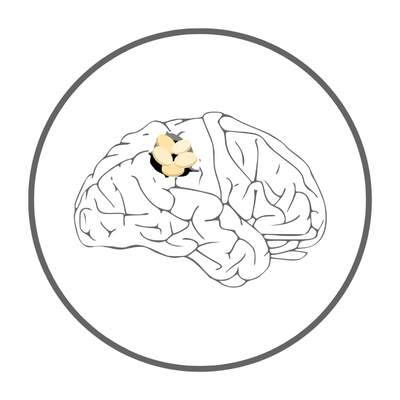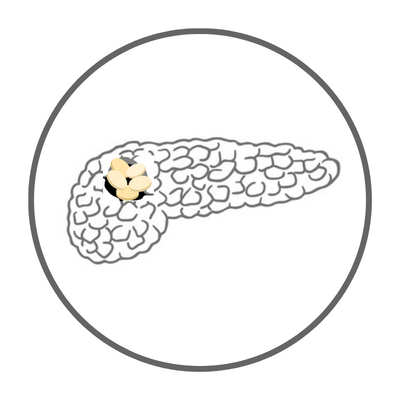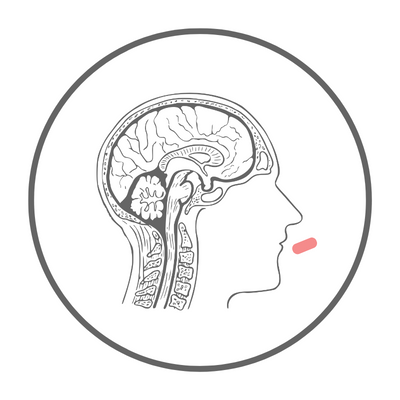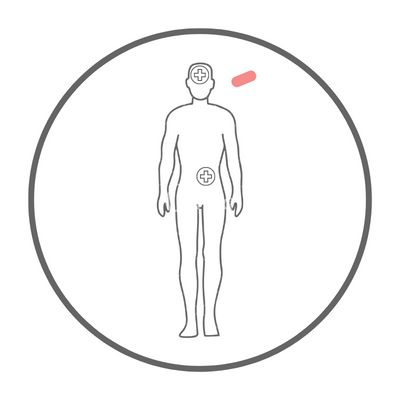Neurodegenerative Diseases – Amyotrophic Lateral Sclerosis (ALS)

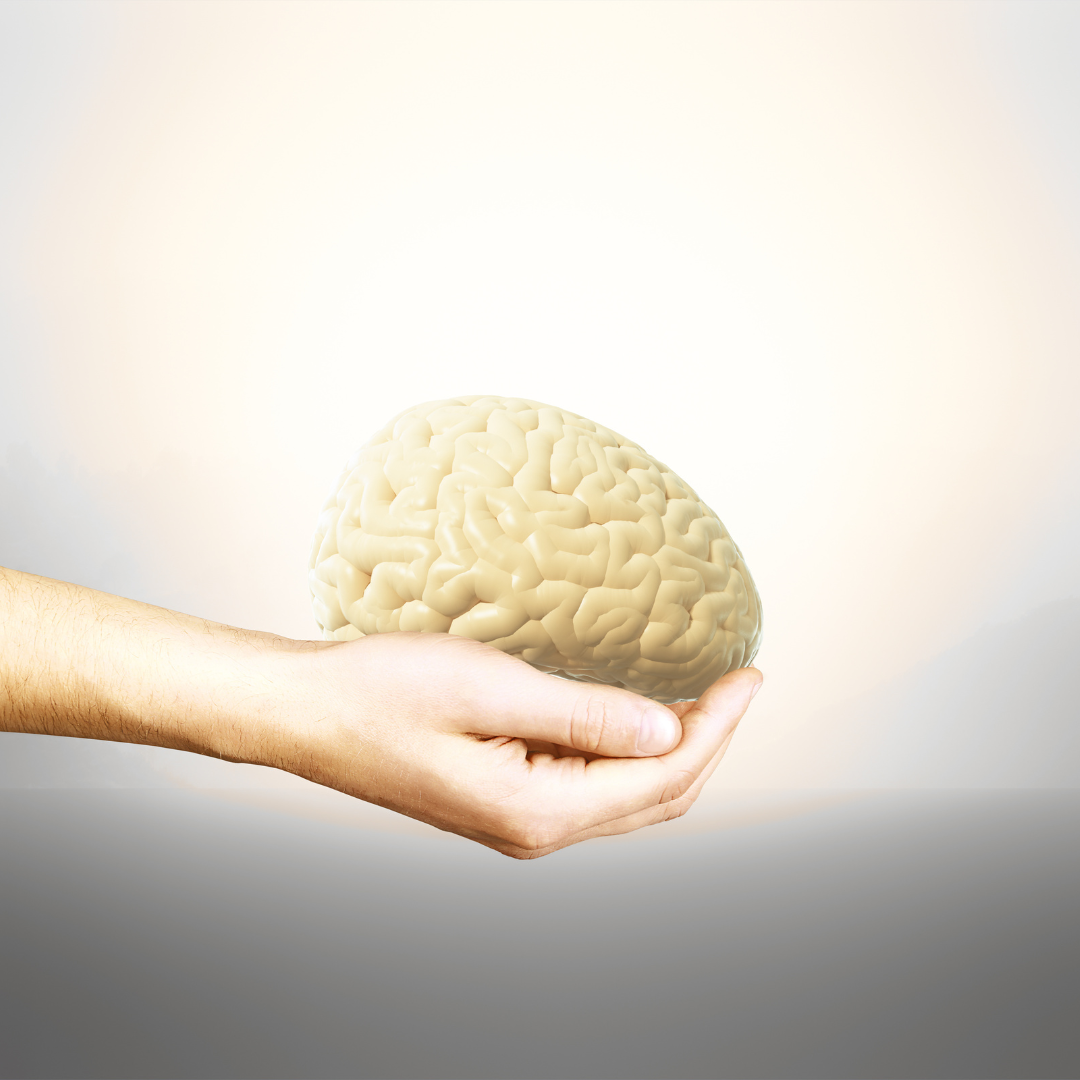
Amyotrophic Lateral Sclerosis (ALS)
Amyotrophic lateral sclerosis (ALS) is one of the motor neuron diseases, classified as a neurodegenerative disorder, leading to muscle atrophy and weakness throughout the body, ultimately causing physical disabilities.
In 2014, the ALS Association in the United States launched the “Ice Bucket Challenge,” a fundraising campaign that successfully garnered global attention for Amyotrophic Lateral Sclerosis (ALS, commonly referred to as “Lou Gehrig’s Disease” or “Motor Neurone Disease”). According to many patients, the sensation of ice water pouring down during the challenge symbolized the chilling and overwhelming feeling experienced at the moment of diagnosis, as if one had fallen into a freezing void, filled with uncertainty.
In October 2024, the ALS Association announced the benefits brought about by the Ice Bucket Challenge over the past decade. They also expressed gratitude to those willing to get soaked for a good cause!
Raised $115 million: The Ice Bucket Challenge raised unprecedented funds for ALS research, care, and advocacy.
$1 billion impact: The funds accelerated ALS research, improved care access, and increased government support, totaling nearly $1 billion in ALS research funding.
Research grants: Over $155 million awarded across 560 projects, doubling pre-Challenge investments.
Key breakthroughs: Identification of new therapeutic targets, biomarkers, and genes.
Improved care: Number of ALS clinics more than doubled, enhancing patient care and equipment access.
Increased funding: Successful advocacy increased federal and state funding for ALS programs.
The onset age of Amyotrophic Lateral Sclerosis (ALS), commonly known as Lou Gehrig’s disease, typically ranges from 40 to 70 years, with an average onset age of 55 years. The incidence of ALS in men is approximately 20% higher than in women. However, as age increases, the incidence rate gap between men and women gradually narrows. It has been ten years since the Ice Bucket Challenge began in 2014, and annually there are about 5,000 to 6,000 new cases diagnosed in the United States, while Taiwan sees an addition of 100 to 200 cases each year. According to the latest estimates from the Centers for Disease Control and Prevention (CDC) in the United States, the number of ALS cases in 2022 was estimated at 32,893, and by 2030, it is expected to reach 36,308 cases (an increase of over 10%). The most significant increase is among individuals aged 66 and older, with an increase of up to 25%. Furthermore, the global number of ALS patients could increase by 69% (376,674 cases) by 2040, with the number of patients in Taiwan approaching 1,000.
ALS Patients Face Triple the Medical Costs in Their First Year After Diagnosis
According to a 2025 study published in The American Journal of Managed Care, Medicare beneficiaries diagnosed with amyotrophic lateral sclerosis (ALS) had an average first-year medical expenditure of $47,450, more than three times that of the average Medicare beneficiary.
About one-third of patients used riluzole or edaravone within the first year after diagnosis—31.7% used riluzole and 5.2% used edaravone. Patients taking these medications faced significantly higher medical costs, mainly due to drug prices and treatment methods. The economic burden of ALS extends beyond medical expenses, encompassing caregiving costs, income loss, and home modifications.
Beginning in 2025, the Medicare Part D annual out-of-pocket spending cap was reduced to $2,000, potentially easing the financial strain associated with ALS drug therapies.
Overall, ALS remains a costly and financially burdensome disease. The study urges policymakers to review reimbursement and coverage policies to ensure patients have access to affordable treatment options.
Why Do People Get ALS? Approximately 90% of ALS cases have no clear family history or genetic mutation as the cause. The remaining 5-10% of cases are known as Familial ALS (FALS), which are inherited through known genetic mutations associated with the disease. Additionally, increasing research indicates that exposure to environmental toxins, head, neck, or spinal cord injuries, and occupational pollutants may contribute to the risk of developing ALS. In 2024, Tobacco Induced Diseases revealed a positive correlation between smoking and ALS, making smoking cessation one of the ways to reduce the risk of ALS. However, there is currently no definitive evidence identifying the key risk factors, so avoiding these potential risks is recommended for prevention. A 2025 article published in the European Journal of Neurology indicated that a survey of residents living near farmlands in northwestern Italy showed a significantly increased risk of amyotrophic lateral sclerosis (ALS). The onset age was also notably younger, with the median age advancing by 3.4 years, potentially linked to environmental pollutants such as pesticides near farmlands.
Common neurodegenerative diseases, including ALS, Parkinson’s disease (PD), Alzheimer’s disease (AD), Spinocerebellar Atrophy (SCA), Multiple sclerosis (MS), Huntington’s Disease (HD), and Wilson’s Disease, primarily involve the gradual degeneration of neurons in the brain and spinal cord. As brain and spinal cord neurons are generally non-regenerative, excessive damage is irreversible, leading to ongoing deterioration over time and ultimately resulting in functional impairments.
How to Prevent ALS? To date, there is no viable method to prevent ALS. Scientists worldwide are continuously searching for ways to detect the disease early or delay its onset, hoping for significant breakthroughs in the near future.
Background of ALS
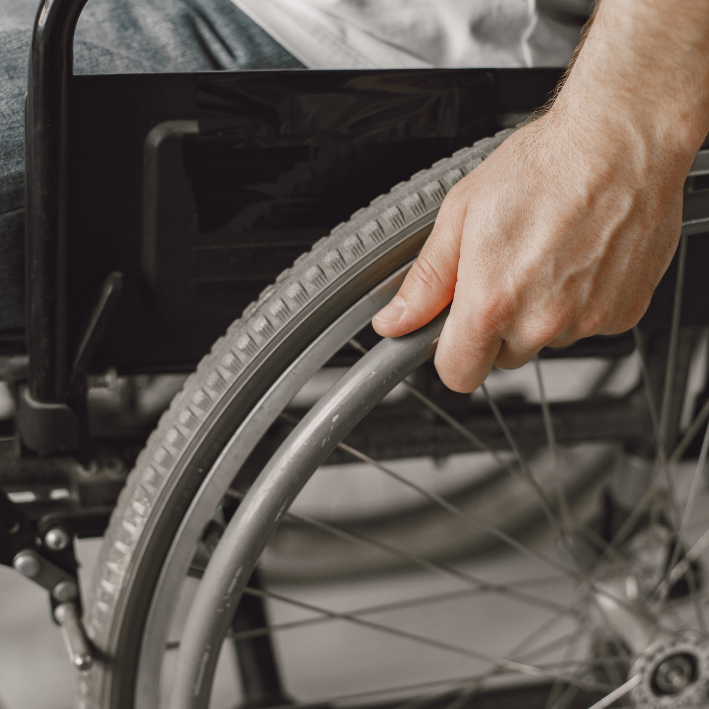
- Lack of Effective Treatment: Currently, there is no cure for ALS, and available treatments can only slow disease progression and improve the quality of life.
- High Fatality Rate: According to statistics from the ALS Association, patients typically have an average survival of about 2 to 5 years after onset, although this can vary among individuals, with only 10% of patients surviving beyond 10 years. ALS patients usually experience progressive neuro-muscular atrophy, limb paralysis, speech and swallowing difficulties, and eventually respiratory failure within 2-3 years, leading to long-term reliance on ventilators, ultimately resulting in death as the symptoms continue to worsen.
- Numerous Celebrities Afflicted: Renowned physicist Stephen Hawking in the UK, New York Senator Jacob Javits, former US Vice President Henry A. Wallace, “SpongeBob SquarePants” creator Stephen Hillenburg, “Workaholics” Waymond Lee and Taiwanese former legislator Lin Zheng-feng and entertainment figure Ma Chi-Chin are among the many celebrities who have lost their lives to this disease.
- ALS Warriors and Role Models: Cai Lei, former Vice President of BOE Technology, was diagnosed with ALS in 2019. Afterward, he established a big data platform for ALS patients and continues to be actively involved in ALS treatment research and development. Additionally, Japan’s parliament has the world’s first ALS congressman, Yasuhiko Funago, who was diagnosed with ALS at the age of 41 and gradually became fully paralyzed. Refusing to bow to fate, he ultimately became a spokesperson for people with disabilities in parliament, earning widespread admiration.
- Diagnosis: Early symptoms of ALS are challenging to detect, with typical manifestations being significant weakness or atrophy in the limb muscles, such as difficulty using hands adroitly or evident dragging or stumbling while walking. Additionally, 25% of patients may experience abnormalities in speech or swallowing. Subsequently, they begin to lose the ability to perform daily activities, such as walking, dressing, or holding utensils, and may develop obvious joint stiffness and muscle pain. Speech becomes increasingly unclear, swallowing becomes difficult, and rapid weight loss occurs. As leg weakness progresses, patients may initially use canes or walkers for support but ultimately become wheelchair-bound or bedridden. The progression of the disease can be measured clinically using the Revised ALS Functional Rating Scale (ALSFRS-R), which includes 12 items for clinical interviews or self-examination questionnaires, scored from 0 to 48 (with 48 being normal function).
- The differences between Amyotrophic Lateral Sclerosis (ALS) andSpinocerebellar ataxia (SCA): Although ALS and SCA may present with similar initial symptoms, they affect different parts of the brain and are fundamentally different diseases. Doctors assess for signs of cerebellar and spinal nerve dysfunction through clinical neurological examinations. Additionally, family history, magnetic resonance imaging (MRI), and genetic testing are used to diagnose cerebellar atrophy in patients.
- In the late stages of ALS, patients may appear as motionless as a vegetative state, but they might still retain consciousness and awareness, unable to communicate effectively with the outside world. For patients, this is a torment more distressing than death itself.
The Nobel Prize Honors microRNA, Paving the Way for New Hope in ALS Treatment

- The 2024 Nobel Prize in Medicine was awarded to American developmental biologist Victor Ambros and molecular biologist Gary Ruvkun in recognition of their groundbreaking discoveries in the field of microRNA. Both scientists were protégés of Robert Horvitz, who won the Nobel Prize in 2002. Their research challenged the “central dogma” of biology, which posits that RNA in cells merely serves as a messenger, ultimately forming proteins that control cellular functions. However, Ambros and Ruvkun discovered the existence of microRNA in Caenorhabditis elegans in 2000, proving that RNA plays a more critical role in regulating protein expression and cellular development. (Image source: x.com/NobelPrize)
- The discovery of microRNA has had a revolutionary impact on research into neurodegenerative diseases, particularly in the case of amyotrophic lateral sclerosis (ALS). Dr. Jun-An Chen’s team at Academia Sinica in Taiwan conducted extensive research on the role of microRNA in ALS. They found that in adult ALS patients, reduced levels of mir-1792 lead to the accumulation of harmful PTEN proteins, ultimately causing motor neuron death. By restoring mir-1792 levels through gene therapy, the abnormal PTEN expression was reversed, and the number and function of motor neurons were restored. This therapy showed significant improvements in motor function and extended lifespan in SOD1 G93A mice. (Source: Academia Sinica website)
- As research into microRNA biomarkers progresses, it holds promise for ALS diagnosis and may become a key clinical indicator in the development of new drugs, enhancing the success of drug development and advancing research into related neurodegenerative diseases.
Current Treatment Options for ALS

-
Chemotherapy
The US FDA has approved four drugs for the treatment of ALS. One of them is Riluzole, which can slow disease progression and increase the patient’s survival time. Another is Edaravone, which is used for specific types of ALS and helps reduce oxidative stress damage to motor neurons. The third is Relyvrio, approved in 2022, containing a combination of two drugs with antioxidant and anti-inflammatory effects, protecting nerve cells from oxidative stress and inflammation damage. The fourth is Qalsody, a newly approved drug in 2023, and the first antisense oligonucleotide (ASO) therapy targeting the genetic cause of ALS.
Unfortunately, none of these treatments can fully cure ALS.
-
Supportive Therapy
The medical team provides symptom management and support based on the course of the disease, including pain control, muscle spasm management, slowing muscle atrophy, and therapies for swallowing and speech difficulties, as well as respiratory support, etc.
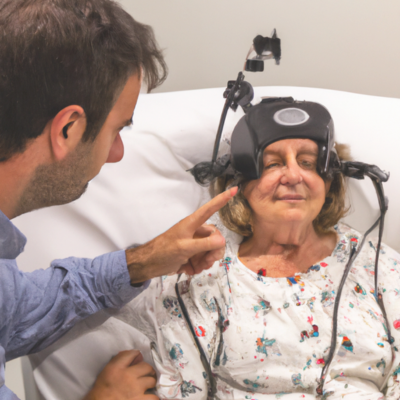
Possibility of Language Restoration
A recent study published in the New England Journal of Medicine reported that an ALS patient successfully regained the ability to communicate verbally after receiving a text-to-speech microelectrode array (MEA) developed by Blackrock Neurotech. This demonstrates the potential of brain-computer interfaces (BCI) to help paralyzed patients restore their speech abilities. The study noted that the neuroprosthesis maintained a 97.5% accuracy rate within 8.4 months after surgical implantation. The participant engaged in self-paced conversations at a rate of approximately 32 words per minute, accumulating over 248 hours of use. This represents a significant breakthrough and promising news for ALS patients.
Headset Brings New Opportunities
The Axon-R headset, developed by Cognixion, offers a new communication option for late-stage amyotrophic lateral sclerosis (ALS) patients. As ALS progressively robs patients of their ability to speak, even existing eye-tracking technologies can only provide temporary support. Eventually, many patients lose all means of communication due to disease progression. Axon-R utilizes brain-computer interface (BCI) technology, allowing patients to select text and communicate using brain activity, even when they can no longer move or speak.
The device uses electroencephalography (EEG) to detect steady-state visual evoked potentials (SSVEP) in the occipital lobe—natural brain responses to flashing images at specific frequencies. By simply focusing their attention, patients can choose letters, words, or phrases in an augmented reality (AR) interface, which are then conveyed via speech output or a screen display. Additionally, the headset features an AI-powered “Conversational Co-Pilot,” which predicts full sentences based on the patient’s language patterns, significantly improving communication efficiency.
The device is currently undergoing clinical trials with patient recruitment in progress. (Source: News)
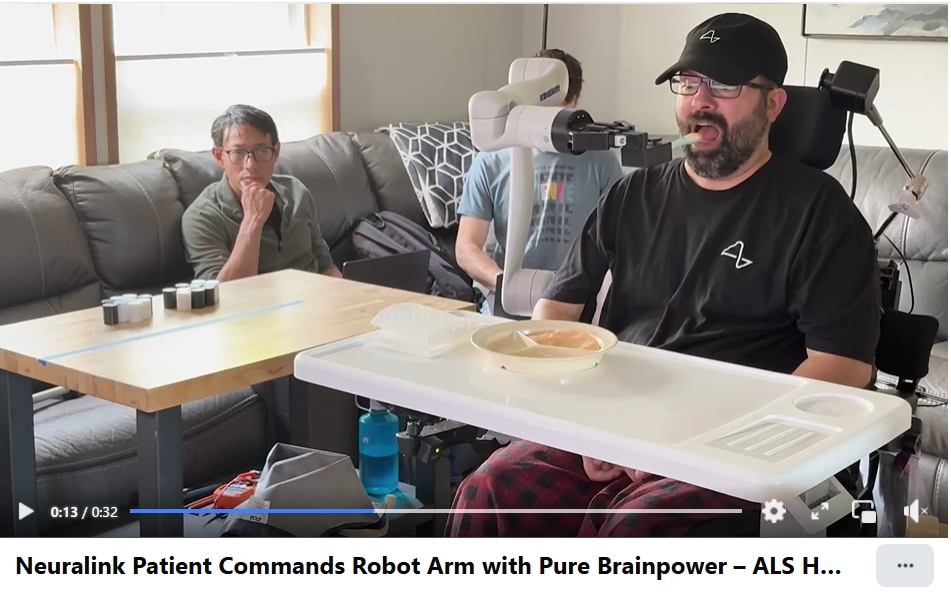
- Recreating daily life capabilities
The video of ALS (Amyotrophic lateral sclerosis) patient Nick Wray successfully feeding himself using a Neuralink brain-controlled robotic arm garnered over 23 million views on Facebook within one week. The N1 chip implanted in Wray’s brain instantly converts neural signals into Bluetooth commands, allowing him to successfully perform complex tasks such as picking up cups and microwaving food. Currently, the trial includes 12 patients with ALS or spinal cord injuries, with some patients using their chips for up to seven hours daily.
China has successfully completed the world’s first wireless implanted Chinese language brain-computer interface surgery, implanting the “Beinao-1 (NeuCyber Matrix BMI System)” smart brain-machine system in a 67-year-old ALS patient. This device efficiently captures neural signals, enabling the patient to control computers, robotic arms, and even regain partial motor function through thought. Currently, the language decoding accuracy has reached 52%, allowing for the interpretation of simple sentences, with the potential to expand to thousands of Chinese characters. This groundbreaking technology offers a new rehabilitation solution for patients with speech and motor impairments, paving the way for advancements in brain-computer interface applications in neurological disease treatment.
In addition, the Hubei Municipal Healthcare Security Administration promptly announced the official pricing guidelines for procedures related to “Beinao-1,” in accordance with directives from the National Healthcare Security Administration. The listed prices include:
RMB 6,552 (approx. USD 900) for implantation of invasive brain-computer interface,
RMB 3,139 (approx. USD 431) for removal, and
RMB 966 (approx. USD 133) for non-invasive adaptation.
This marks the first time China has established national insurance pricing standards for brain-computer interface procedures, representing a significant milestone in the field (Chinese news).

Synchron
In May 2025, brain-computer interface (BCI) company Synchron announced that it had become the first to successfully integrate with Apple’s latest BCI Human Interface Device (BCI HID) profile. This technological breakthrough enables users implanted with Synchron’s Stentrode™ device to control the iPhone, iPad, and Apple Vision Pro using only their thoughts—without the need for physical movement or voice commands.
The BCI HID converts neural signals into real-time digital commands and supports bidirectional communication with devices. This includes receiving contextual information such as screen layouts, which enhances decoding accuracy and user experience. The integration marks a significant step forward in combining assistive technologies with smart devices. (news)
Current ALS Treatment Reference Drugs
Currently, available drugs can only slow down the disease progression, with limited improvement in patients’ survival and quality of life. Therefore, there is an urgent need for more effective drugs to benefit patients.
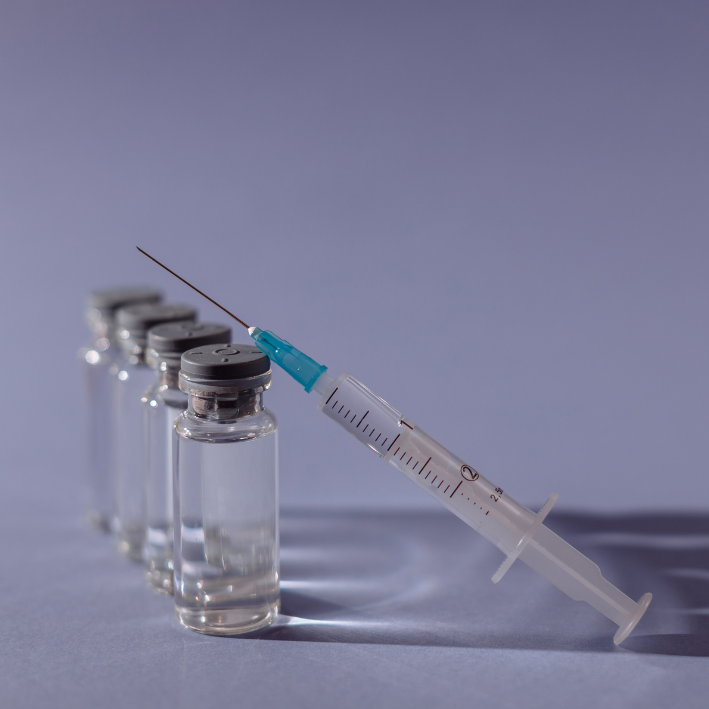
QALSODY™ (Tofersen)
-
Qalsody is a newly approved ALS drug by the US FDA in April 2023. It requires administration through intrathecal injection performed by healthcare professionals experienced in lumbar puncture.
-
It is a nucleic acid therapy that interferes with the expression of the SOD1 gene, blocking the synthesis of abnormal SOD1 protein. Abnormal SOD1 protein is considered a key factor in disease progression in some ALS patients. Tofersen aims to reduce the accumulation of abnormal SOD1 protein, thereby slowing down the progression of ALS.
-
Clinical trial results showed a significant reduction in plasma NfL concentration in patients with SOD-1 gene mutations receiving Qalsody treatment at week 28. This suggests that patients may achieve clinical benefits.
-
The most common side effects include pain, fatigue, joint pain, increased white blood cell count in cerebrospinal fluid, and muscle pain.
-
In October 2024, approval was granted for the product to be marketed in China, making it the first treatment in China for adult ALS patients with superoxide dismutase 1 (SOD1) gene mutations (brand name: Kaishengdi™) (source: PR Newswire)
-
In August 2025, it was approved by the UK Medicines and Healthcare products Regulatory Agency (MHRA) for the treatment of ALS patients with SOD1 gene mutations.
- On August 20, 2025, Taiwan’s Ministry of Health and Welfare added “Tofersen” to the list of drugs recognized under the Rare Disease and Orphan Drug Act. Its approved indication is “for the treatment of adult patients with amyotrophic lateral sclerosis (ALS) associated with mutations in the superoxide dismutase 1 (SOD1) gene.” (Source)
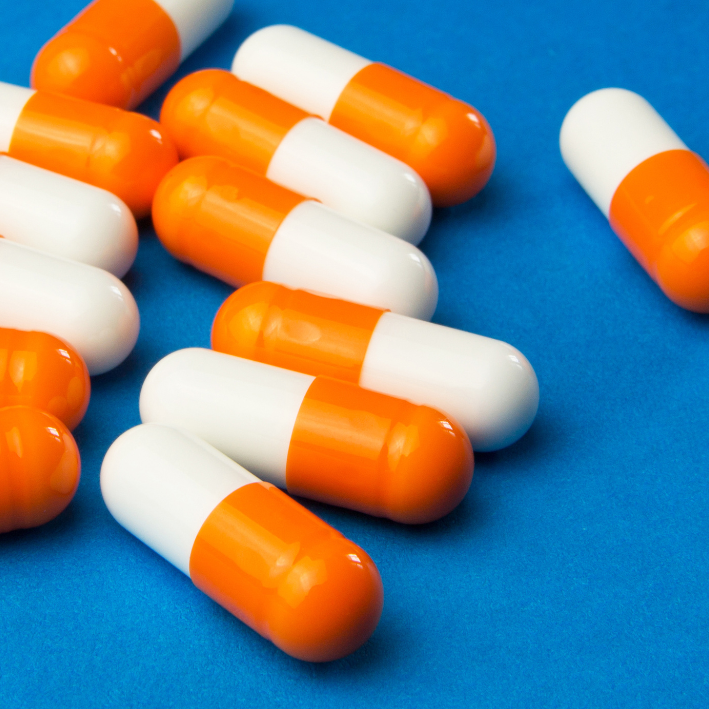
Rilutek(Riluzole)
- This drug is related to the inhibition of excitatory neurotransmission associated with glutamate antagonism. Glutamate itself is an excitatory amino acid believed to be associated with excitotoxicity leading to neurodegeneration. However, the exact cause of ALS remains unknown, and this is one of the possible hypotheses.
-
The drug has been reported in the brochure to extend survival time or delay the use of mechanical ventilation in end-stage ALS patients. Clinical trial results showed that the median survival period in the treatment group was 17.7 months, which was higher than the placebo group with 14.9 months.
-
Some potential side effects may include weakness, fatigue, nausea, and abnormal liver function tests.
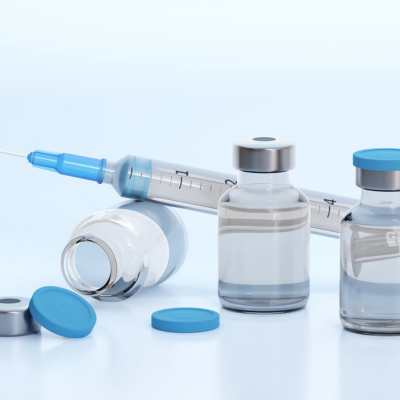
Radicava® (Edaravone)
Intravenous injection formulation, the active ingredient of which is Radicut, exerts its effect as a free radical scavenger, preventing oxidative stress-induced damage to neurons and slowing down the decline of functional loss in ALS patients. This antioxidant approach is believed to provide neuroprotective effects to the nervous system, thus slowing disease progression or additional damage to neurons.
Compared to the placebo group, patients treated with Edaravone showed a significantly smaller decline in ALS Functional Rating Scale-Revised (ALSFRS-R) scores (-5.01) compared to the placebo group (-7.50).
Common side effects include nausea, vomiting, headache, and fatigue.
Investigational Drugs
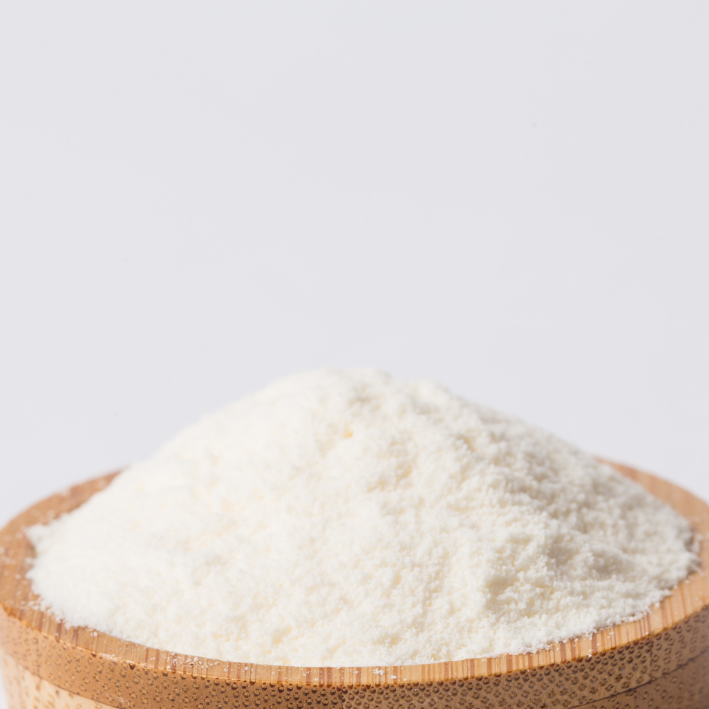
RELYVRIO™ (AMX0035, sodium phenylbutyrate and taurursodiol)
New Drug Approved by the US FDA in September 2022. Developed by Amylyx, this new drug is a combination of two medications, sodium phenylbutyrate (PB), and tauroursodeoxycholic acid (TURSO). PB is known for its antioxidant and anti-inflammatory properties, believed to protect nerve cells from oxidative stress and inflammation. TURSO, on the other hand, is thought to inhibit cellular stress and reduce cell apoptosis, contributing to the maintenance of healthy nerve cells.
Clinical trial results showed that in the RELYVRIO treatment group, the average baseline total score of the ALS Functional Rating Scale-Revised (ALSFRS-R) at week 24 was 29.06, which declined less compared to the placebo group with 26.73.
The most common side effects include diarrhea, abdominal pain, nausea, and upper respiratory tract infections.
The U.S. FDA required a Phase III clinical trial to be conducted post-market. In March 2024, the product was voluntarily withdrawn from the market because the topline data released did not meet the primary and secondary clinical endpoints (In January 2025, the company announced that the FDA had lifted the clinical hold on their ALS treatment trial).
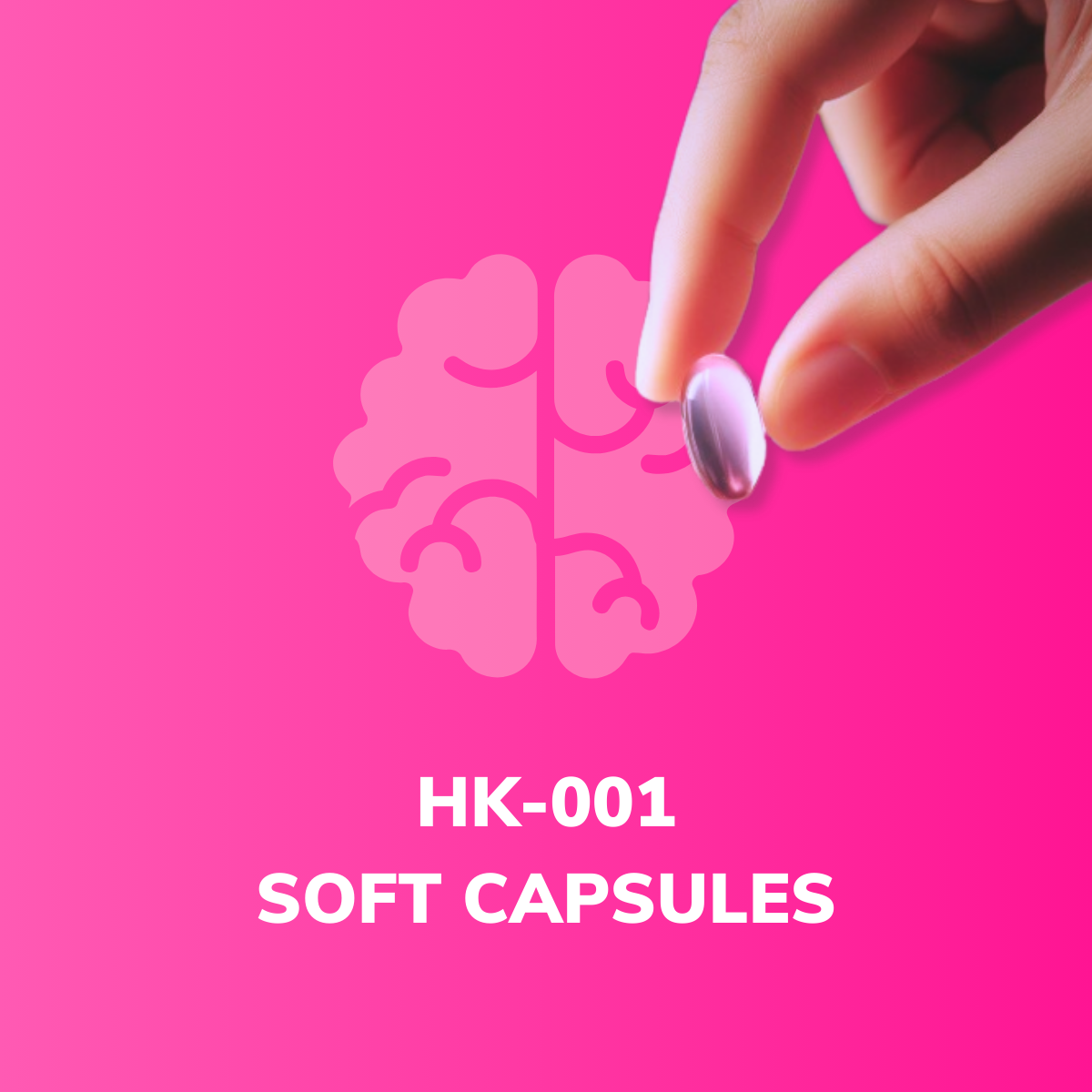
HK-001 Soft Capsules >>more
-
The HK-001 soft capsules developed by Everfront Biotech Inc. contains a small molecule active pharmaceutical ingredient EF-API-001 produced under PIC/S GMP standards. Through targeted inhibition of mTor and suppression of excessive autophagy, it aims to delay the progression of ALS in patients.
- The HK-001 capsule is an oral dosage form, and two improvements were observed in animal testing results (ALS mice, SOD1G93A mice):
-
Delayed onset of ALS progression: Using a BBB scale (Basso, Beattie and Bresnahan scale) score of less than 15 as the disease onset threshold, it was observed that the onset time of ALS in mice orally administered with HK-001 was delayed compared to the control drug Riluzole.
-
Prolonged survival in ALS: The survival of ALS mice orally administered with HK-001 was superior to the untreated group and also superior to the control drug Riluzole.
-
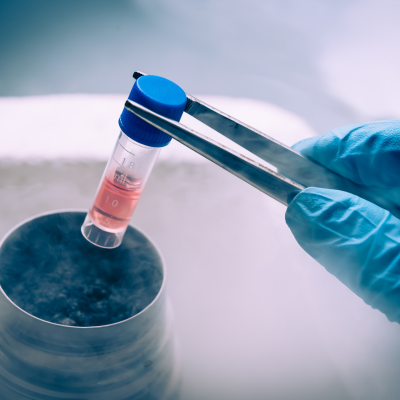
More Investigational Drugs
- At the American Academy of Neurology (AAN) Annual Meeting on April 5, 2025, Mitsubishi Tanabe Pharma presented research indicating that oral edaravone is safe for ALS patients over a 144-week period, with no new safety concerns observed. Edaravone was originally approved by the FDA in 2017 in its intravenous form (brand name Radicava) for the treatment of ALS, and in 2022, the FDA approved the oral suspension formulation (Radicava ORS)(news).
- At the American Academy of Neurology (AAN) Annual Meeting on April 5, 2025, Mitsubishi Tanabe Pharma presented research indicating that oral edaravone is safe for ALS patients over a 144-week period, with no new safety concerns identified. Edaravone was originally approved by the FDA in 2017 for the treatment of ALS in its intravenous form, marketed under the brand name Radicava. (news)
- In January 2025, the FDA approved Zydus’s NLRP3 inflammasome inhibitor (Usnoflast) for a Phase IIb clinical trial to treat ALS. According to the latest news, the primary endpoint of the trial is the change in the ALS Functional Rating Scale-Revised (ALSFRS-R) total score from baseline to week 36. Additionally, the trial will also monitor and analyze various biomarkers, including high-sensitivity C-reactive protein (hs-CRP), interleukins IL-18, IL-6, IL-1β, NLRP3, and serum amyloid A protein (ASAA).
- In October 2024, a research team from Tokushima University announced that their new ALS (amyotrophic lateral sclerosis) drug, “Rozebalamin (Mecobalamin),” has received production and sales approval. In clinical trials conducted in collaboration with Eisai Co., Ltd., the drug was found to effectively slow disease progression and extend the lifespan of ALS patients diagnosed within the past year by approximately 500 days. This study confirmed the neuroprotective effects of high-dose Mecobalamin and found it to be safe with no serious adverse reactions. The research team will continue to advance the development of early diagnosis guidelines and explore the mechanisms of ALS. (Source: Chinese News)
At the Northeast ALS Consortium (NEALS) Annual Meeting held from October 21-24, 2024, Brainstorm Cell Therapeutics shared data from its Expanded Access Program (EAP). The NurOwn therapy involves collecting mesenchymal stem cells from the patient, modifying them in the lab to secrete molecules that promote neural health, and then injecting them back into the patient’s spinal canal. Although the therapy did not achieve its goal of slowing ALS progression in a Phase 3 clinical trial completed in 2020, ten patients chose to continue participating in the EAP. These participants received a total of six additional treatment injections. Results indicated that patients treated with NurOwn survived an average of 46.6 months, nearly two years, which is 5.5 months longer than the historical control group. This difference is significant (original source).
Care and Considerations for ALS Patients

Assistance with Activities of Daily Living
Due to muscle weakness, ALS patients may have difficulty completing daily activities such as eating, bathing, and dressing. Family members can provide necessary assistance with daily tasks, such as using feeding tubes, wheelchairs, etc., to help patients better cope with their daily needs.
Although ALS patients can communicate with the outside world through speech, as their motor neurons gradually degenerate, their speech becomes increasingly unclear. To address this, scientists are continuously developing brain-computer interface (BCI) technologies specifically designed for patients with degenerative diseases. For instance, Synchron recently announced that an ALS patient successfully used a device implanted in the blood vessels on the surface of the brain to “click” on icons on a tablet with their thoughts. With mere thought, the patient could play music, control smart home devices, and even make phone calls. Additionally, Neuralink, the brain-chip innovation company under Tesla CEO Elon Musk, is currently conducting clinical trials for brain-implanted chips. These technological innovations aim to enable ALS patients to continue communicating with the outside world, freeing them from being trapped in their isolated physical state.
Project Humanity, initiated by Japan’s welfare organization With ALS, uses electromyographic (EMG) sensors installed on the body to detect subtle biological signals and convert them into control information for virtual images (such as waving, walking, and jumping). These movements are then reflected in a virtual avatar. Even tiny movements, like a slight twitch of a fingertip (about 2mm), can be detected. The goal of this technology is to help ALS patients regain a sense of physical reality, with hopes that it can soon be widely applied to benefit many patients.
Led by Dean Zhang Yushan, a team of 20 faculty and students from National Taipei University has developed two AI software systems—ezTalk and Voice Bank—aimed at helping individuals with speech impairments overcome communication challenges. A notable example is the participation of 20 ALS patients in the initial trials. These systems utilize AI deep learning technology to enhance speech recognition accuracy by recording and matching personal language corpora, and provide speech synthesis services to enable more precise expression for those with speech difficulties. Even though the project lacks commercial scale, the team at National Taipei University remains committed to advocating for communication equality and assisting those in need. (Chinese News)
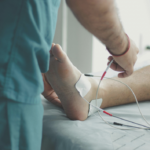
Physical Therapy and Rehabilitation
As ALS progresses, patients gradually lose abilities related to movement and swallowing. Physical therapy can help maintain muscle strength and relieve pain, while occupational therapy supports the preservation of swallowing, speech, and respiratory functions.
Recently, a device called NEUBIE, which delivers direct current stimulation to the nervous system, has been developed. This technology helps reconnect the brain with muscles that have been impaired by injury or neurodegenerative disease. By directly stimulating the nervous system, therapists can retrain motor patterns in ways that conventional physical therapy devices cannot, thereby improving function, slowing the decline associated with ALS, and helping patients maintain their quality of life.
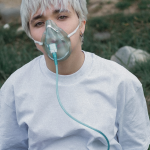
Assisted Breathing
As ALS progresses, patients may experience respiratory difficulties. Providing appropriate respiratory support, such as using a ventilator or oxygen device, can help patients maintain normal breathing function.
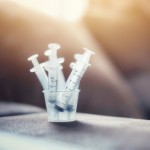
Nutrition and Eating
ALS patients may face swallowing difficulties that affect their nutritional intake. Providing suitable food states based on the condition, using feeding tubes or liquid nutritional supplements, can ensure that patients receive adequate nutrition.
Some studies have indicated a correlation between the obesity status of amyotrophic lateral sclerosis (ALS) patients and the previously observed higher survival rates in ALS mouse models under high-calorie diets. This may be attributed to the ample energy provided by high-calorie diets, which could improve the prognosis of metabolically hyperactive patients and potentially reduce the risk of respiratory failure.
A study has shown that ALS patients with constipation tend to have lower functional scores and faster disease progression. The research team conducted a study on 190 ALS patients and found that 50% of them suffered from constipation (compared to 14% in the general population). Therefore, attention should be paid to dietary measures to prevent constipation.

Psychological and Emotional Support
The diagnosis and progression of ALS bring significant psychological and emotional stress to patients and their families. Offering psychological support, participating in relevant support groups, seeking professional counseling, etc., can help patients and their families cope with emotional challenges and enhance psychological resilience.
What patients’ families want to know most is whether ALS will get better? Since there is currently no cure for ALS, as the disease progresses, patients gradually lose their ability to exercise, which may eventually affect the function of respiratory muscles. In addition to assisting with breathing and living functions to improve the quality of life, the most important thing is psychological support, which is also the assistance that family members can best provide to patients.
Additionally, we can refer to the experience of an ALS patient, Dagmar Munn, who has been living with the condition for 14 years and remains an active moderator on the ALS Today forum. When Dagmar feels unmotivated due to ALS, she often uses several strategies to help herself break free from the “lag time.” (original source)
Live each day according to your vision of a perfect day, striving to accomplish the things you want to achieve daily. Take good care of yourself by ensuring quality sleep, staying hydrated, eating healthy foods, and maintaining a regular meal schedule. Reserve some quiet “me time” for yourself.
She hopes patients live well in the present and face each day with hope.

Safety Environment
Due to muscle weakness, ALS patients are prone to falling or losing balance. Providing a safe and comfortable environment, such as removing floor obstacles, installing handrails, using non-slip mats, etc., can reduce the risk of accidents.

Regular Monitoring and Treatment
ALS is a progressive disease, requiring regular monitoring and adjustments to the treatment plan to monitor disease progression and modify treatment approaches accordingly.
Reference
- https://www.mnda.org.tw/
- https://www.als.org/
- https://info.fda.gov.tw/MLMS/ShowFile.aspx?LicId=02021905&Seq=007&Type=9
- https://www.accessdata.fda.gov/drugsatfda_docs/label/2017/209176lbl.pdf
- https://www.fda.gov/drugs/news-events-human-drugs/fda-approves-treatment-amyotrophic-lateral-sclerosis-associated-mutation-sod1-gene
- https://www.accessdata.fda.gov/drugsatfda_docs/label/2022/216660s000lbledt.pdf
- https://www.thelancet.com/journals/lancet/article/PIIS0140-6736(14)60222-1/abstract
- https://www.nejm.org/doi/full/10.1056/NEJMoa2314132
- https://www.msn.com/zh-tw/health/topic/%E9%A6%99%E6%B8%AF%E6%BC%B8%E5%87%8D%E4%BA%BA%E4%BE%86%E5%8F%B0%E6%B2%BB%E7%99%82%E6%89%8B%E8%83%BD%E8%88%89-%E9%95%B7%E4%BA%8C%E9%A0%AD%E8%82%8C-%E9%86%AB%E5%AD%B8%E7%84%A1%E8%A7%A3%E7%9A%84%E6%BC%B8%E5%87%8D%E7%97%87%E5%9C%A8%E4%B8%AD%E8%A5%BF%E9%86%AB%E5%90%88%E7%99%82%E4%B8%8B%E6%9C%89%E6%9C%9B%E9%80%86%E8%BD%89/ar-AA1oNjP9

